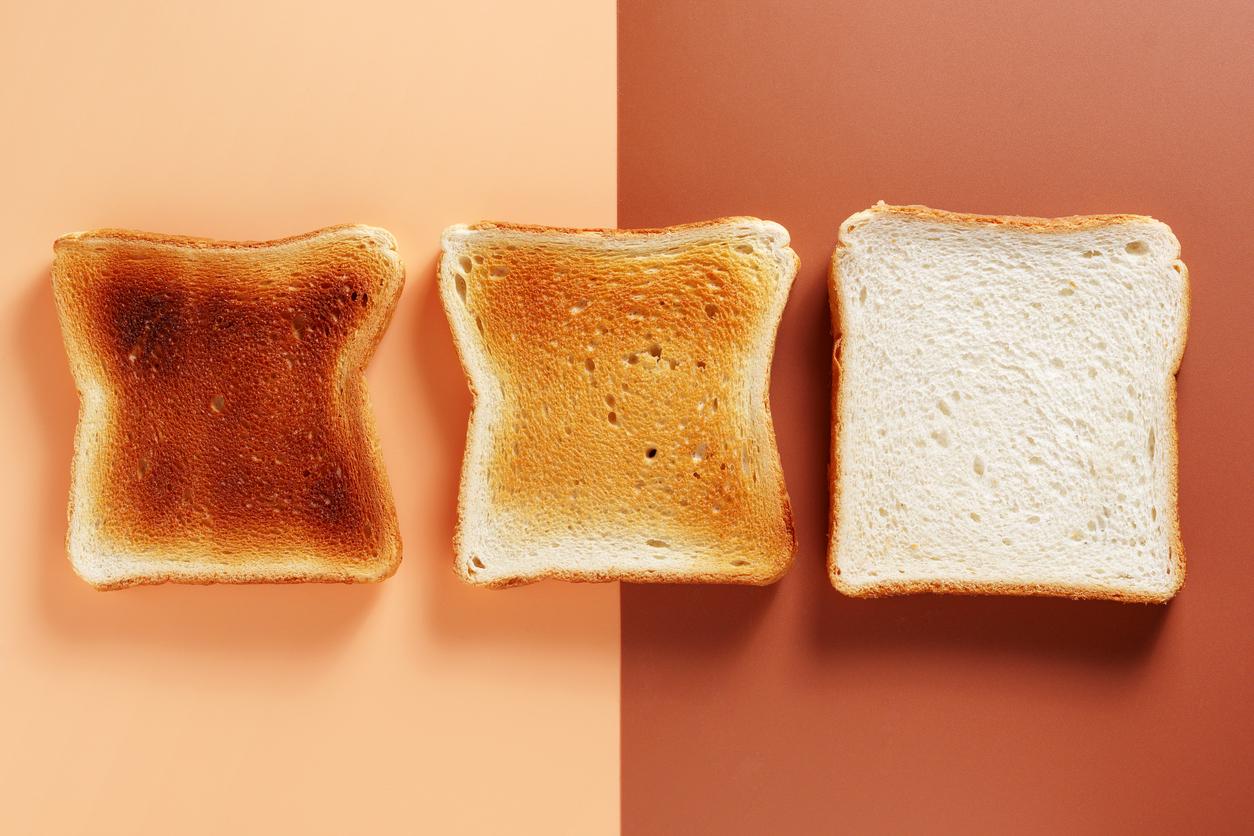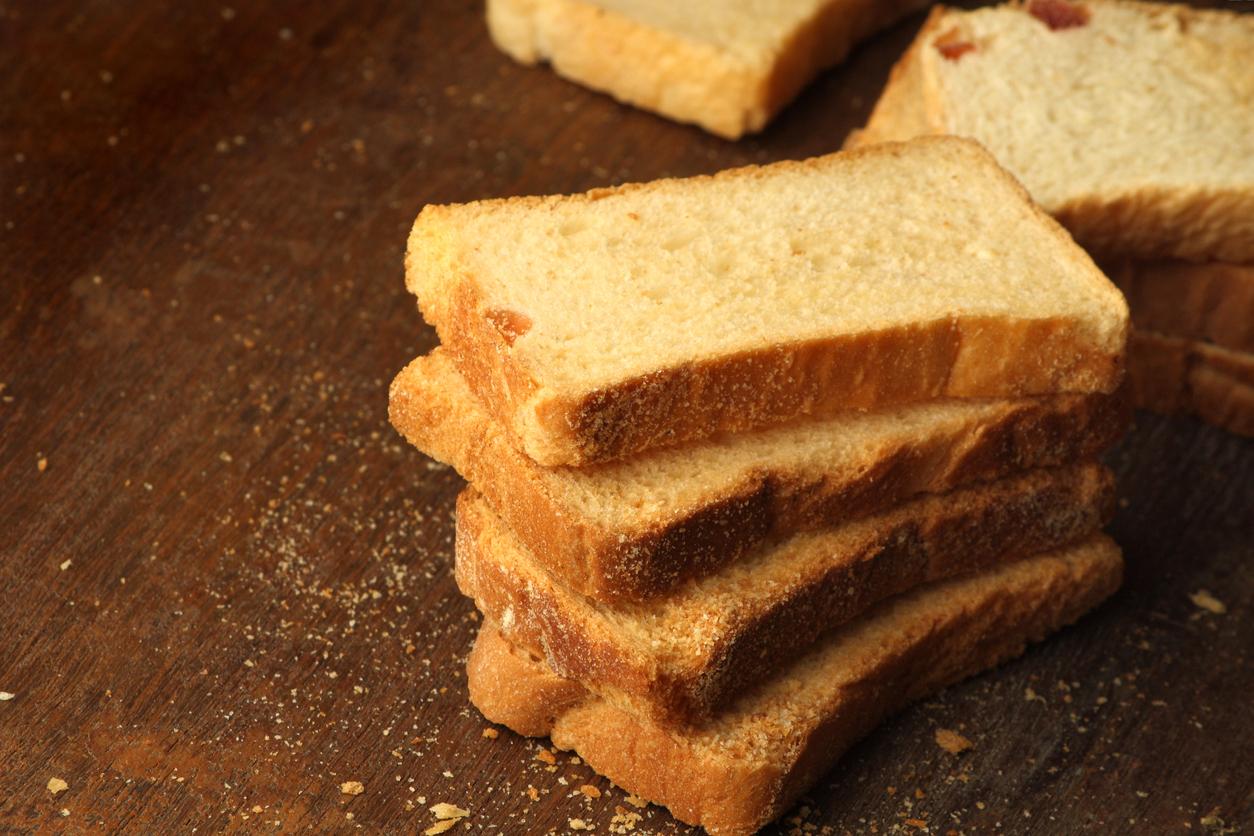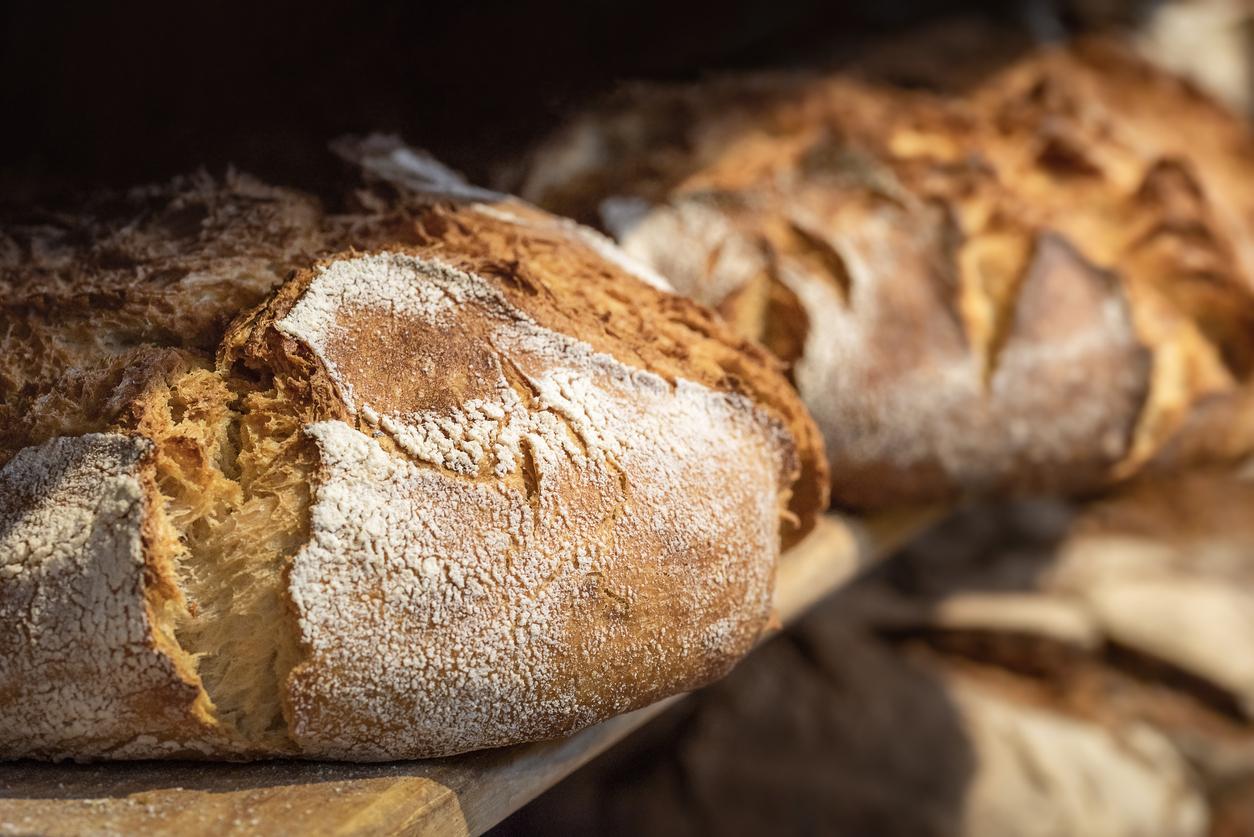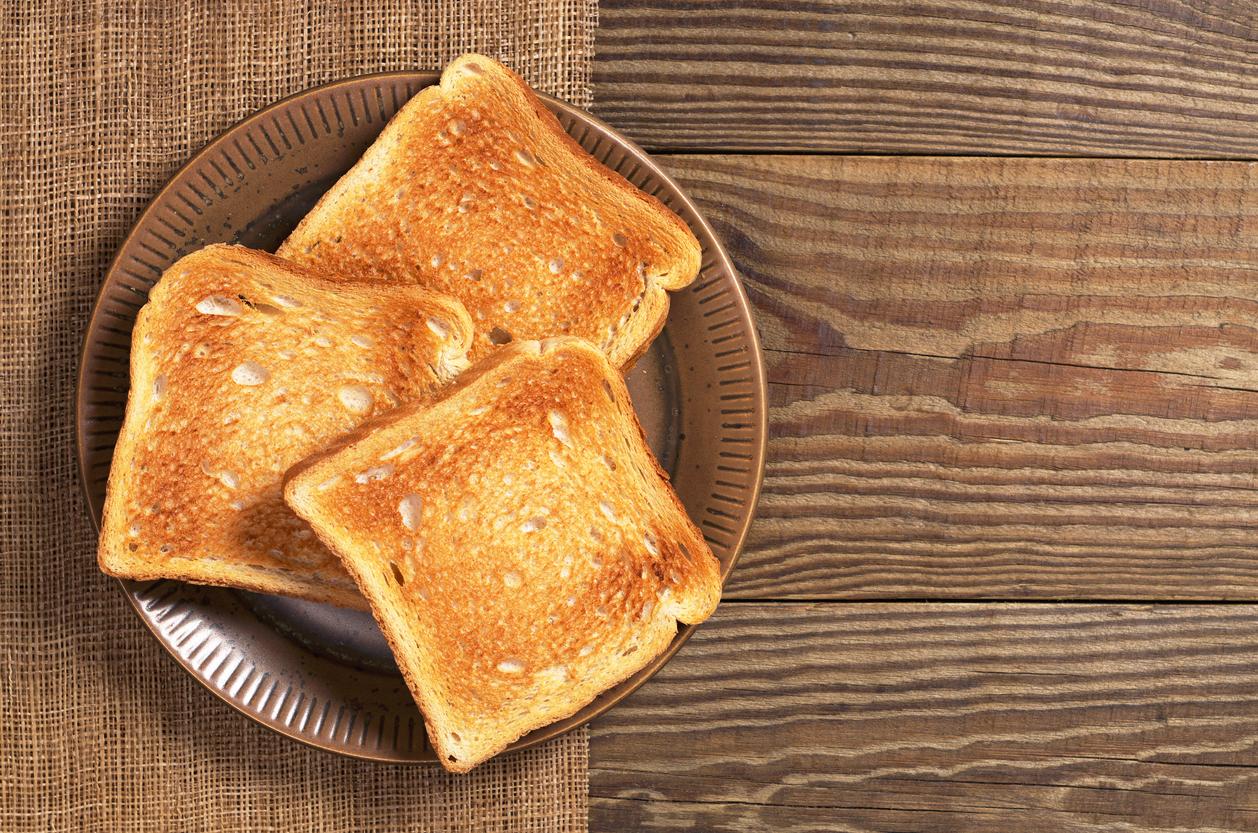January 29, 2007 – Lovers of “healthy” bread, beware: most whole wheat breads available in the grocery store are, in fact, made with flour that contains only 30% of the whole grain. And this, in full compliance with Canadian law.
According to an article dating from 1964 of Food and Drug Regulations, we allow the exclusion of 5% of the wheat grain when making whole wheat flour1. 70% of this 5% is wheat germ – the most nourishing part of the grain. The germ is almost entirely excluded because it interferes with the preservation of the flour.
|
A loaf is not just fiber! Real whole wheat bread contains vitamins and minerals that are difficult to obtain from our diet, in addition to dozens of antioxidant substances. Marie Breton, nutritionist |
“In other words, flour contains only 30% of the whole grain”, explains Health Canada in a “position statement” 2, submitted for public consultation ending February 12, 2007.
In it, Health Canada outlines its intention to allow two new health claims, including one that links whole grain consumption to cardiovascular health. To do this, it is proposed that the health claim be allowed when a product contains at least 51% whole grains by weight. In the United States, this is the proportion that a loaf must contain in order for this claim to be made on the package.
This consultation will also clarify what is meant by “whole grain”. Well aware of the trend for new “multigrain” products, Health Canada is concerned that “the proportion of whole grains in these products is sometimes very low”. The percentage of whole grains may be required to be indicated on products.
Which bread to choose?
|
The bread flours to favor |
In fact, about 15% of the bread on the market is truly whole wheat grain bread, made from whole grain flour. Regular whole wheat bread, which accounts for about 20% of the market, is made from a flour devoid of about 70% of the germ.2.
“The best bread is made with whole grain flour, because it contains wheat germ,” says nutritionist Marie Breton. Breads with millstone flour are also a good choice, as this flour retains all the components of the whole grain from which it comes. “
|
What about unbleached flour? Marie Breton, nutritionist |
Don’t be confused with some new fiber-enriched white breads, whose packaging says they have “the same benefits as brown bread.” “In this case, we play with words: we do not say” whole wheat “, but we know that in the mind of the consumer, we associate brown bread with” whole wheat “. I find that deplorable, ”says Marie Breton.
Adding fiber to bread does not give it the same nutritional value as whole grain bread. “In addition to the fiber, vitamins and minerals it contains, the whole grain provides hundreds of phytonutrients, some of which act as antioxidants,” explains Marie Breton.
Watch out for on the ingredient list
|
Are not made from whole grains … |
Some so-called “whole wheat” breads can contain up to 40% white or enriched flour, devoid of bran and wheat germ. The first item on a bread’s ingredient list should be whole wheat flour. This is also true for multigrain breads: these may consist only of white flour with added grains. “And often those added grains aren’t whole, but refined! », Indicates the nutritionist.
In Canada, seven in ten people do not consume enough whole grains, according to Marie Breton.
Martin LaSalle – PasseportSanté.net
For additional information, see also the report broadcast as part of the program L’Épicerie, on Radio-Canada TV: www.radio-canada.ca
1. Health Canada, Food and Drug Regulations, Part B, Food: www.hc-sc.gc.ca [consulté le 29 janvier 2007].
2. The document, entitled Health Canada Position Statement on Five Generic Health Claims Authorized in the United States Planned for Use in Canada, is available at: www.hc-sc.gc.ca [consulté le 29 janvier 2007].















